Oh my Satoshi
2021
September
2021
→ December 2021
→ November 2021
→ October 2021
→ September 2021
→ August 2021
→ July 2021
→ June 2021
→ May 2021
→ April 2021
→ March 2021
→ February 2021
in progress ...


Filtering
How to search for your needle/txn in a giant haystack/block?
Published by Bitcoin Class with Satoshi on 18.09.2021
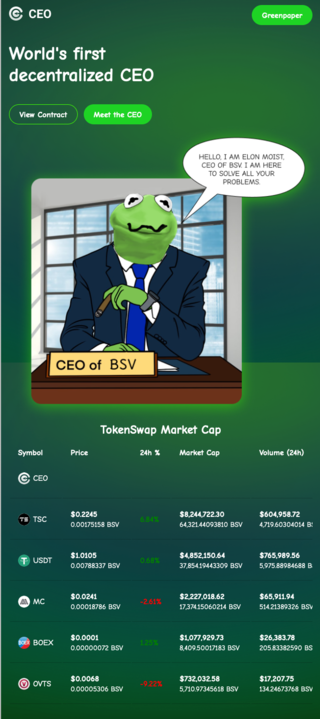
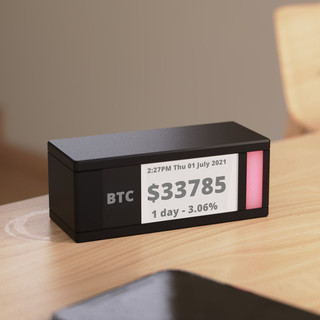
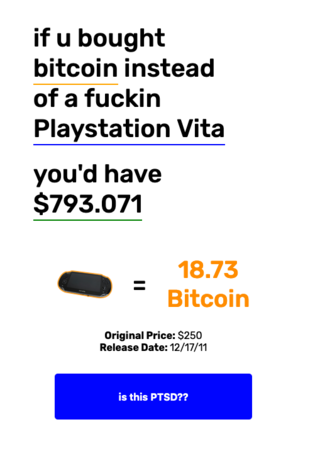
The Bitcoin Religion 3

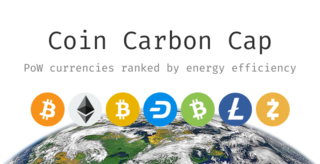
Is Bitcoin Mining a Waste of Electricity?
Posted by Deadloch on 23.09.2021
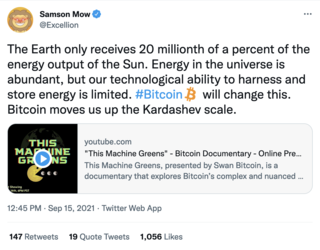
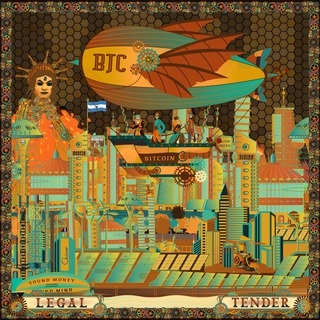
A Possible BTC Future
Posted by Gavin Andresen on September 21, 2021
Take this as a little piece of science fiction; the chances the future looks like this are small, but of all the possible futures I think this has as good a chance of any of happening:
Imagine: it is the year 2061.
The BTC price is six million US dollars– equal to about a million 2021 dollars because of inflation.
Miners are being rewarded 0.006103515625 BTC per block, plus transaction fees of about 5 BTC for 4,000 or so transactions ($7,500 per transaction).
But most BTC transactions don’t happen on the BTC network. Most BTC is locked up in multisignature outputs secured using multiparty computation and mirrored on another chain as “wrapped” tokens. People moved their BTC either because they want faster transactions, lower fees, more privacy, or want to invest their BTC in decentralized financial stuff. Or maybe all of the above.
The transactions that do occur on the main BTC network are high-value, mostly between super-whale-size holders (centralized exchanges, central banks, and the decentralized multiparty computation addresses that hold all the wrapped coins).
These whales maintain the BTC network forever. They are the miners and the transaction creators; they don’t care how high transaction fees go, because they receive as many fees as they pay.
In the year 2100 the whales notice that the mining reward is basically zero, and there are fewer and fewer transactions happening on the slow, expensive, zero-privacy BTC network. So they decide to simplify and save money by shutting it down.
One by one, they shutdown the “bridges” that move BTC between chains. Then they burn any BTC locked on the BTC chain by sending it to the 0x000… address, to make sure nobody can ever spend it on the BTC network.
Eventually, there are zero new BTC being produced on the BTC network, and zero BTC circulating on the BTC network. There is nothing left to secure, and the chain stops.
But 20-or-so million BTC live on, circulating on other blockchains, valuable because there are a limited number of them and because BTC was the first scarce digital asset.
Source: gavinandresen.ninja

Posted by @iang_fc on 29. September 2021
This is (one reason) why CBDCs are a trainwreck in slow motion. We are privileged to watch this crash as it develops.
Why a trainwreck? Money is sometimes characterised as solving the double coincidence of wants - which is econolingo for how you swap your one cow for 1000 eggs. That is, you sell your cow into money and can then buy an egg a day with the proceeds. (Which brings up new and fascinating requirements like being a store of value over the 1000 following days.)
Now comes programmable money:
Before, with ordinary “double” money, you and your counterparts could facilitate your divergent wants.
Now, with new “triple coincidence” CBDC, you, your counterparty and your government can facilitate the trifecta - how all three of you sell & save & spend.
What’s not to love? Programmable money means that your caring government gets to stop you making a mistake with your cow! It also gets to save you from 1000 other potential mistakes with your eggs. And any difficulties in saving in between.
The first mistake is already baked in - you can’t sell a cow with CBDC! Saved, by the aggressive caps on totals. ECB already announced a €3000 limit, so they’ve already decided that goat farming is OK but not cow farming. Global anti-warmers will be happy.
But, that will come down over time. Reporting was started at 10,000 (in different currencies) but has now by degrees come down to different numbers, as it seems that arbitrarily high numbers don’t achieve the right mix of farming. So expect that €3000 number to come down to say €1000 by the time EU-DC gets rolling.
No more goats. (NB in old money, reporting raised costs to banks, and this was inconvenient, they passed the costs on to consumers by eg returning the money, stopping the tx, or placing the account under review (ie, blocked). Now, CBs have figured out they can simply set caps.) No matter. We can still raise chickens, sell them, and then buy eggs.
But of course there’s a certain economic substance argument that says this is probably wrong, as you’re now expected to match sizes. Don’t expect it to pass audit, and expect peculiar rules that stop you buying eggs with money raised from selling your chickens. We won’t understand those rules, but someone in the government is sure to have that under control.
And the other 1000s of rules… I once had a lovely conversation about how there were like... 60,000 import rules for food at a border. The tech choices for managing that process are quite interesting.
Eg, we’re pretty sure we won’t be able to use CBDC over borders, bc that’s where rules will save us from making mistakes.
I could go on……….. In the trade, this is called the slippery slope - we watched this with Paypal way back when financialcryptography.com/mt/archives/00…
BoE introduces the novelty of putting CBDC on to the slippery slope before it’s launched. What happens when you put a train on top of a slippery slope before the people get on? They see the trainwreck to come, and don’t get on.
Which leads to the infinitely multiple coincidence of wants - if you want to pay in CBDC, you’ll need to find someone else on the train. While it’s moving. Downwards…
See why CBDCs are a trainwreck? And we all get to watch that in slow motion.
@dgwbirch @ronaldpol @pesaafrica @ArturoP_A @finhstamsterdam @Kiffmeister
Source: twitter.com
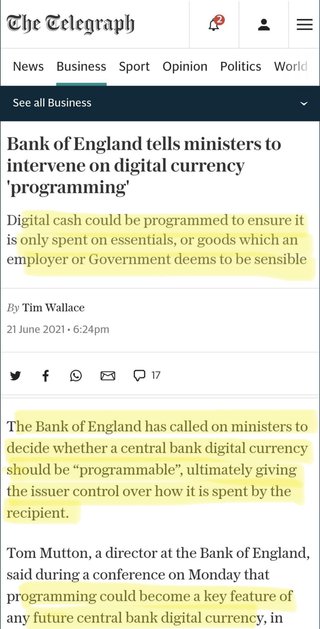
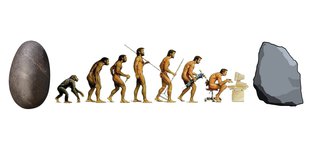
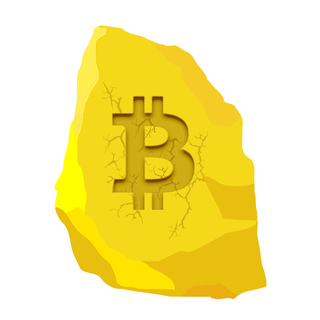
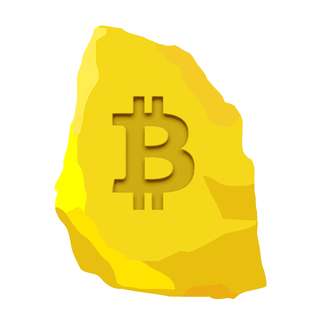


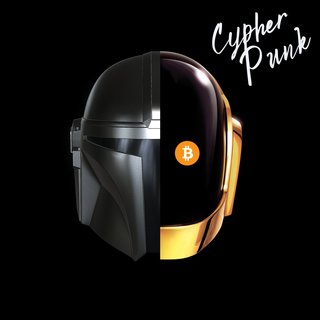
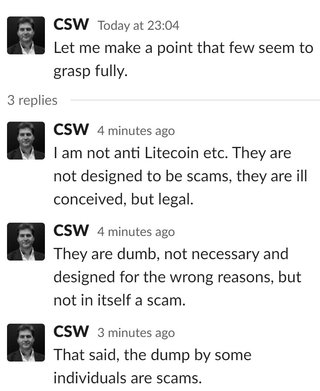
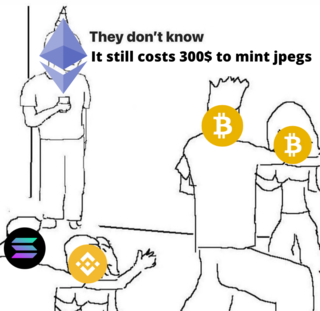
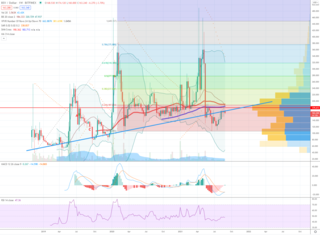
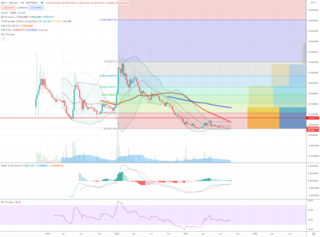
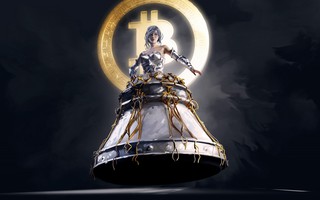
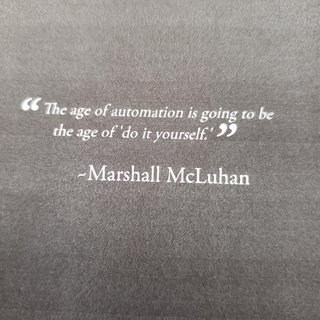
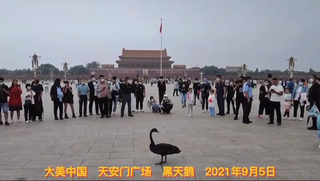
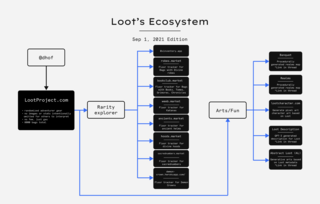
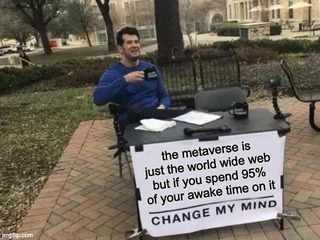

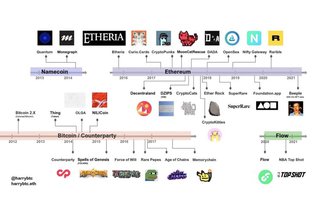
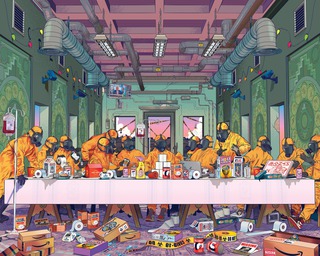

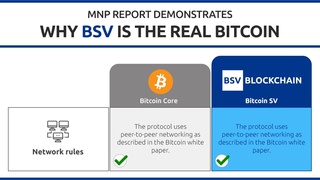
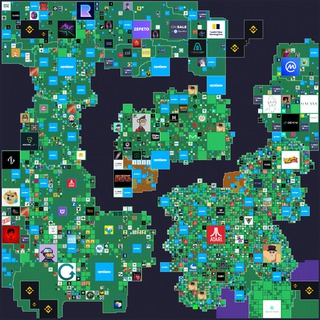

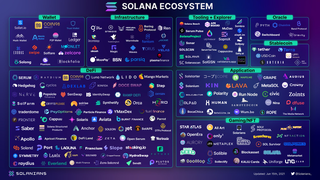
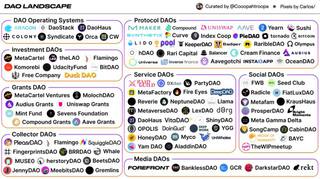
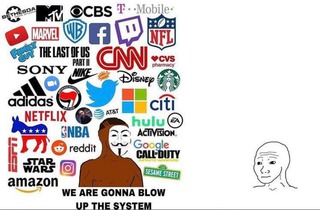
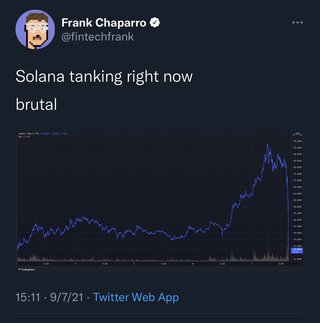
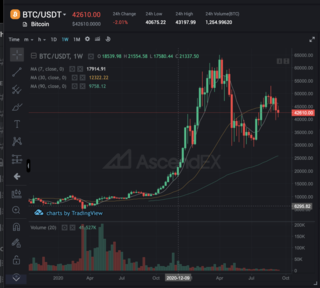
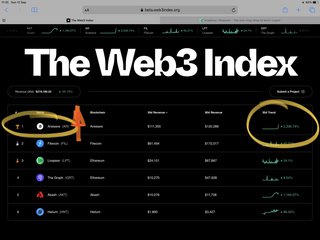
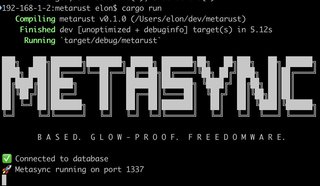
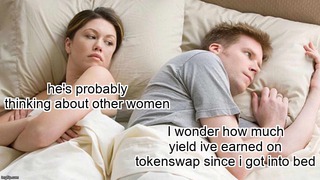
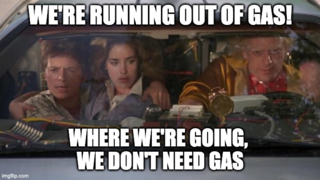
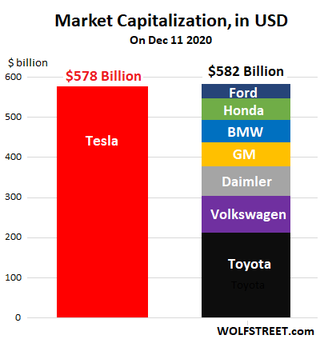
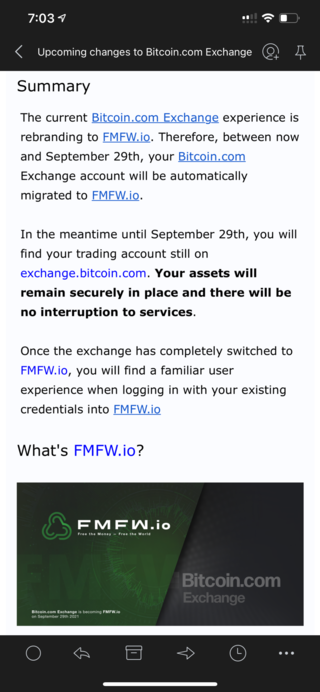
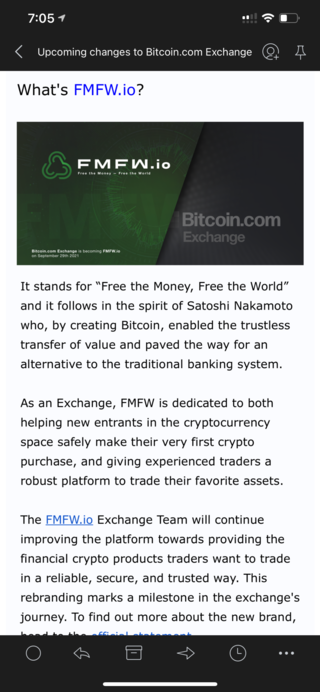
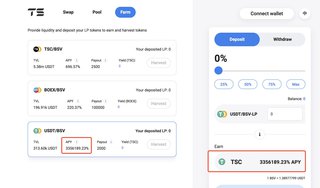

JavaScript is turned off.
Please enable JavaScript to view this site properly.